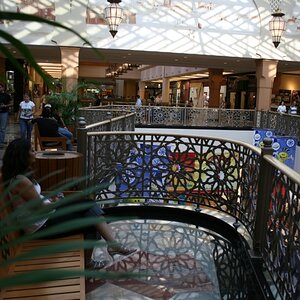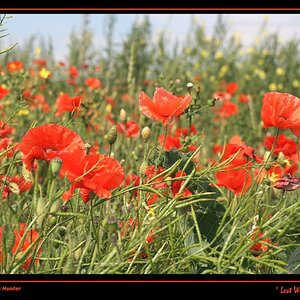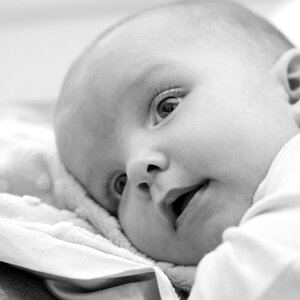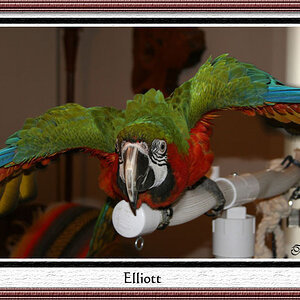erkindemir
TPF Noob!
- Joined
- Jul 28, 2014
- Messages
- 31
- Reaction score
- 7
- Location
- Turkey
- Can others edit my Photos
- Photos NOT OK to edit
Hello,
I have a head of Profoto B1 with pocket wizards. I am planning to buy a speedlight as background light (also as primarily on camera flash when on location)
I'm planning to buy Nikon sb-910 or Yongnuo YN-568EX. Can I mix either one with my B1 using Pocket Wizard Plus without buying any additional tool? I searched through the net but couldn't find descriptive information, Hope you guys can help me.
Have a great day,
Erkin
I have a head of Profoto B1 with pocket wizards. I am planning to buy a speedlight as background light (also as primarily on camera flash when on location)
I'm planning to buy Nikon sb-910 or Yongnuo YN-568EX. Can I mix either one with my B1 using Pocket Wizard Plus without buying any additional tool? I searched through the net but couldn't find descriptive information, Hope you guys can help me.
Have a great day,
Erkin


![[No title]](/data/xfmg/thumbnail/37/37602-1ef8dbb1c2d0e4ff347ee65d328c3603.jpg?1619738147)
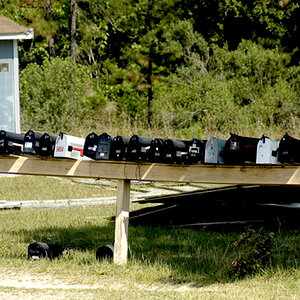
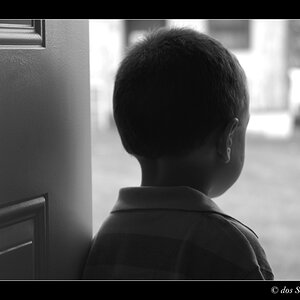
![[No title]](/data/xfmg/thumbnail/30/30874-7f3345ba7c76a7c5fa2570559598531b.jpg?1619734491)
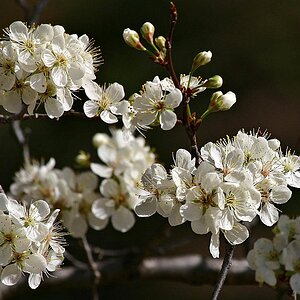
![[No title]](/data/xfmg/thumbnail/37/37604-7ad625e983f92f880eb65a264eeef5e4.jpg?1619738148)

